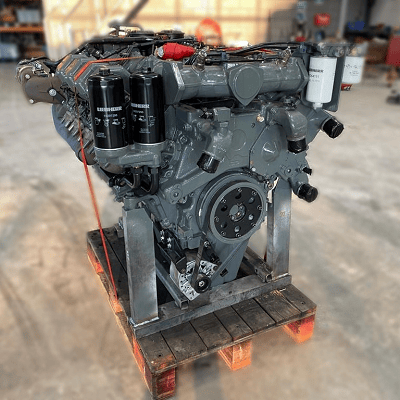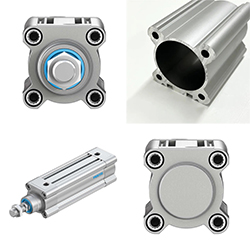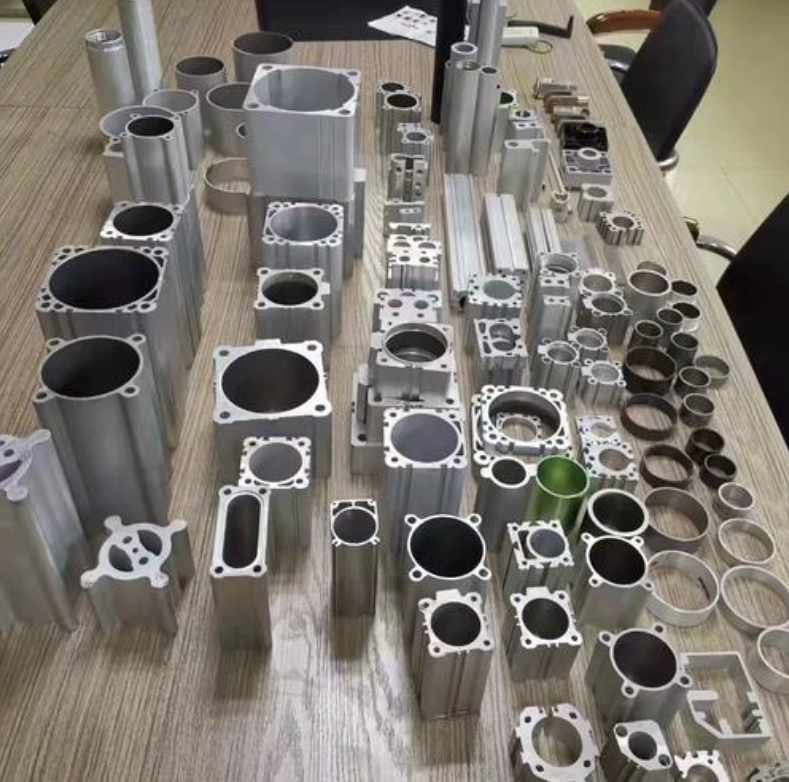The process of a dyno test on a Liebherr engine

When it comes to heavy machinery, reliability and power are paramount. Liebherr, a name synonymous with innovation and excellence in engineering, stands tall as a pioneer in the realm of heavy equipment and machinery. From towering cranes to robust excavators, Liebherr’s engineering prowess extends to the heart of these machines. We delve into the world of dyno testing a Liebherr engine, uncovering the meticulous process behind unleashing the raw power concealed within.
The foundation of excellence
Before we embark on the journey of dyno testing, it’s crucial to understand the foundation upon which Liebherr engines are built. With decades of engineering expertise and commitment to quality, Liebherr engines are crafted to withstand the most demanding environment and deliver unparalleled performance. Each component is meticulously designed and rigorously tested to ensure reliability, efficiency and longevity.
The process
1 Preparation: The engine undergoes meticulous preparation before being mounted onto the dynamo meter. This includes ensuring all connections are secure, fluids are filled to the appropriate levels, and sensors are properly calibrated.
2 Mounting: The engine is carefully mounted onto the dynamometer, a specialized device designed to simulate real-world operating conditions. Precision is paramount during this step to ensure accurate results.
3 Initial checks: Once mounted, a series of initial checks are conducted to verify proper alignment, connection integrity, and functionality of all engine systems.
4 Warm-up: The engine is started and allowed to warm up to operating temperature. This ensures consistent results and minimizes the risk of damage during testing.
5 Baseline testing: With the engine warmed up , baseline tests are conducted to establish initial performance metrics. This includes measuring power output, torque, fuel consumption, and emissions at various RPM levels.
6 Load testing: The engine is subjected to progressively increasing loads to simulate different operating conditions, such as idle, partial load and full load. This allows engineers to assess performance across the entire operating range and identify any potential issues or optimization.
7 Data analysis: Throughout the testing process, data is continuously collected and analyzed in real-time. Advanced instrumentation and software are used to monitor performance metrics and identify trends or anomalies.
8 Optimazation: Based on the data analysis, adjustments may be made to optimize engine performance. This could involve fine-tuning fuel injection timing, adjusting air-fuel ratios, or optimize turbocharger boost pressure.
9 Validation: Once testing is complete, the results are meticulously reviewed and validated against predetermined criteria and specifications. Any deviations or anomalies are thoroughly investigated to ensure accuracy and reliability.
10 Reporting: Finally, a comprehensive report is generated detailing the results of the dyno testing, including performance metrics, observations, and any recommendations for further optimization or refinement.
The outcome of dyno testing
Dyno testing a Liebherr engine is more than just a routine procedure – it’s a testament to the unwavering commitment to excellence that defines Liebherr’s engineering philosophy. By subjecting their engines to rigorous testing and analysis, Liebherr ensures that each engine delivers the uncompromising performance, reliability, and efficiency that customers expect.
In conclusion, dyno testing a Liebherr engine is not just about measuring power output. It’s about unlocking the true potential of these remarkable engines and ensuring they exceed expectations in the most challenging environments imaginable.
DSBC Pneumatic Cylinder Barrel
FESTO standard cylinder DSBC is a type of cylinder that uses a profile cylinder and complies with ISO 15552 standard. Air Cylinder Barrel.The proximity switch can be quickly and stably installed in the profile groove, with a signal provided by a magnetic piston, and can be used for position detection. The Festo DSBC cylinder is equipped with powerful manual or self adjusting throttle buffering, which can best adapt to load and speed changes. The DSBC piston rod cylinder has a wide variety of derivative types, providing a variety of optional performance options that can be applied to different applications (such as piston rod modification) and/or environments (heat and dust resistance). Pneumatic Cylinder Barrel.Other optional performance options include low friction, constant operation, end position locking, clamping unit, anti torsion piston rod, strong corrosion resistance, ATEX certification, profiles with grooves on three sides, etc. Festo can also provide other options as requested. For piston rod cylinders, Festo provides a variety of compatible installation accessories for installing cylinders, piston rods, and valves, as well as connecting multiple cylinders.

The FESTO DSBC series cylinders are aluminum alloy standard profile cylinders that comply with the ISO 15552 standard. These cylinders are commonly used in various industrial automation applications, such as packaging, automotive manufacturing, electronic assembly, and other industries that require precise linear motion control.
The specific models and characteristics of the DSBC series are as follows:
- **DSBC-40-40-PPVA-N3**:
-The travel length is 40 millimeters.
-The cylinder diameter is 40 millimeters.
-Suitable for various industries.
-The packaging type is plastic box.
- **DSBC-100-250-PPVA-N3**:
-The travel length is 250 millimeters.
-The cylinder diameter is 100 millimeters.
-Dual effect.
-Used for electronic position sensing.
-We can provide a torsion resistant version.
-Suitable for explosion-proof areas (EX4).
- **DSBC-100-400-PPSA-N3**:
-The travel length is 400 millimeters.
-The cylinder diameter is 100 millimeters.
-The characteristics are similar to DSBC-100-250-PPVA-N3, but the travel is longer.
-* * DSBC-80-20-PPVA-N3 * * and * * DSBC-80-20-PPSA-N3 * *:
-The travel length is 20 millimeters.
-The cylinder diameter is 80 millimeters.
- **DSBC-80-25-PPVA-N3**:
-The travel length is 25 millimeters.
-The cylinder diameter is 80 millimeters.
- **DSBC-40-160-PPVA-N3**:
-The travel length is 160 millimeters.
-The cylinder diameter is 40 millimeters.
- **DSBC-125-320-PPVA-N3T1**:
-The travel length is 320 millimeters.
-The cylinder diameter is 125 millimeters.
-This model may include additional accessories or special features, as indicated by the suffix "T1".
- **DSBC-63-25-PPVA-N3**:
-The travel length is 25 millimeters.
-The cylinder diameter is 63 millimeters.
-Standard cylinder, operated by an impact cylinder.
-The theoretical force is 23 Newtons, and the maximum load is 24 Newtons.

The main features of the DSBC series cylinders include a dual acting design, electronic position sensing options, anti torsion versions, and the ability to be used in explosion-proof areas. In addition, depending on the specific model, there will be different stroke lengths and cylinder bore sizes.
If you need to know the technical specifications, prices, or purchasing information of a specific model, please provide more detailed requirements so that I can provide you with more accurate assistance.
DSBC Pneumatic Cylinder Barrel,DSBC Pneumatic Cylinder Tube,DSBC Pneumatic Cylinder Tubing,DSBC Pneumatic Cylinder Pipe
Foshan Weiyingjia Technology Co., Ltd , https://www.wyspneumatic.com